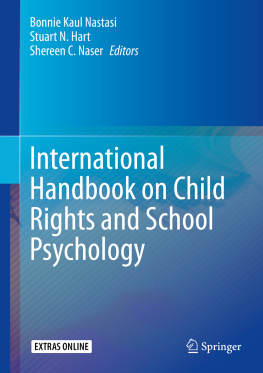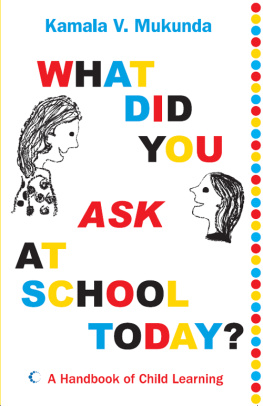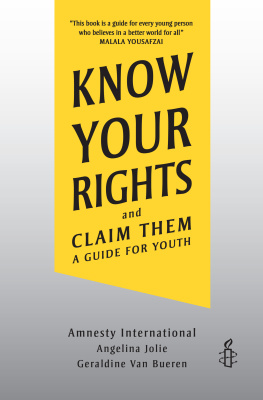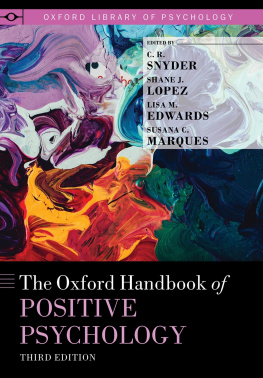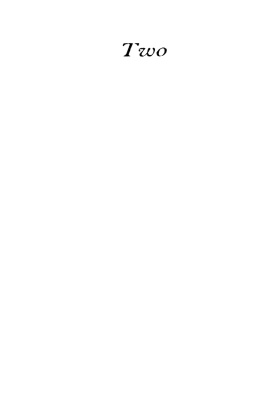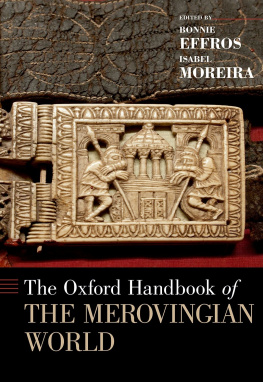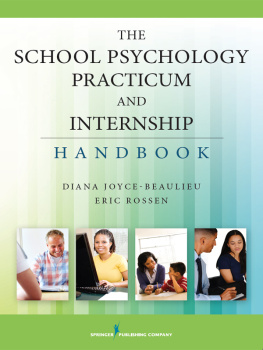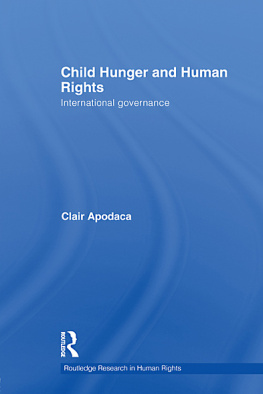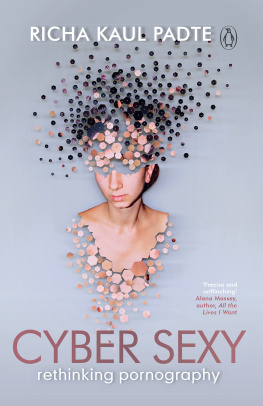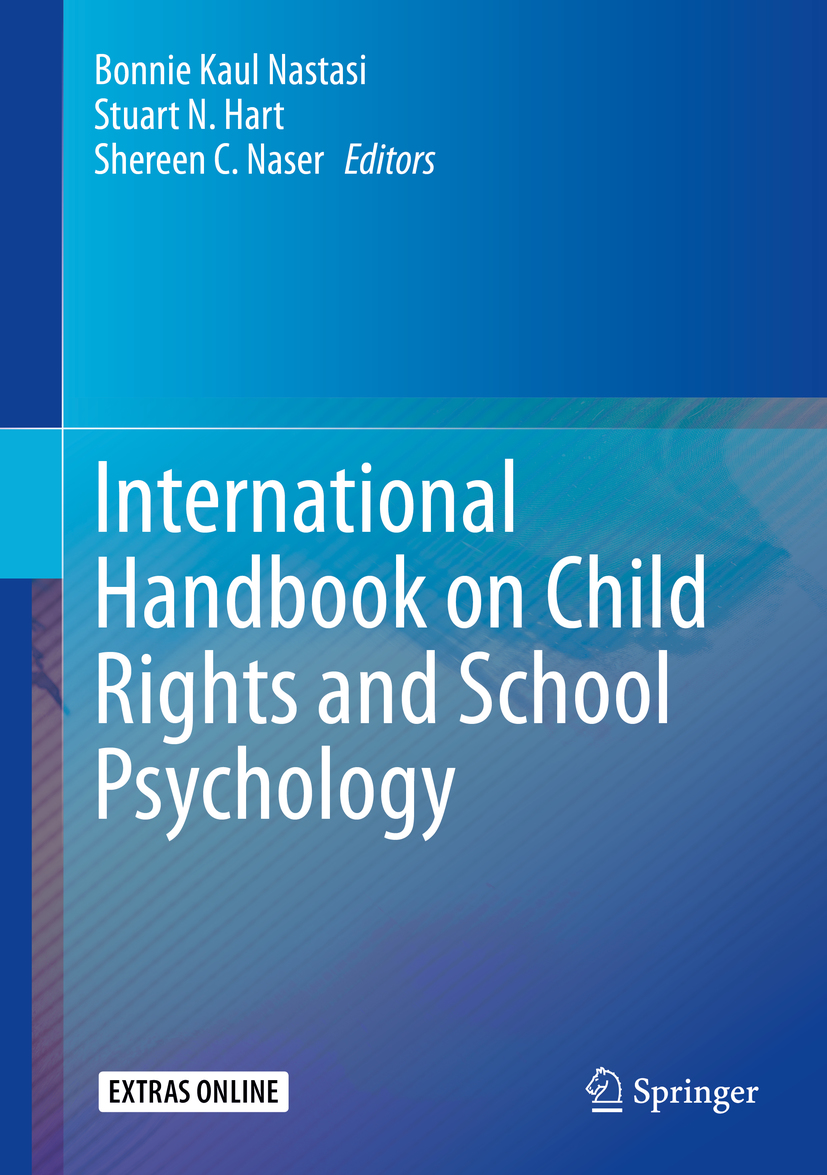School Psychology in the Trenches of Child Rights
To paraphrase physicist and philosopher Thomas Kuhn, meaningful scientific change occurs through successive transition from one paradigm to another via revolution. This assertion also applies seamlessly to the field of human rights which gradually came to includeThe Second Sexvia the suffragette movement, womens liberation, and feminism. In our times, I would suggest that a new paradigm shift is under way, a human rights revolution that was at first mostly muted and has suddenly grown into a global clamor spearheaded by children campaigning for their own rights. The rest of humanity, that is, all adults, is at a crossroads figuring out whether to join in or to pursue business as usual.
Who would have predicted this evolution when, almost a century ago, a young, stubborn, and visionary Englishwoman, the now famous Eglantyne Jebb, and her dream team of Swiss notables successfully lobbied the League of Nations to promulgate the 1924 Geneva Declaration of the Rights of the Child? Europe and much of the world had just emerged from the horrendous Great War and its 40 million casualties, including between 15 and 19 million military and civilian deaths and millions of orphaned children. This tragedy and the gut-wrenching humanitarian situation of the children, especially those in the countries that had been defeated militarily, shocked humanitys conscience, and human rights took a huge leap forward.
Yet, it took another gigantic conflict, World War II, to generate a Universal Declaration of Human Rights (1948) to serve as a moral and political beacon for humanity and to set the stage for the next phase of human rights, culminating in 1989 with the adoption of the UN Convention on the Rights of the Child (CRC) and establishing a distinct segment of human rights dedicated to children. And during the ensuing peaceful decades, the interdisciplinary field of childrens rights, with school psychology as a core component, grew, promoted by talented scholars and practitioners. Indeed, many of whom are contributors to the veryInternational Handbook on Child Rights and School Psychologyyou are holding in your hands!
Hart and Prasse (1991) wrote that the The primary purpose of the profession of school psychology is to improve the development and quality of life of children. This purpose is given more specific direction by concepts of what is right for children and by the rights of children (p. 344).In my view, some of these main concepts are discrimination, protection, participation, social transformation, and professional engagement.
We must all address discrimination both within and without educational facilities. Estimates are that about 250 million children worldwide do not go to school. And even in countries with significant means, access to and the pursuit of quality education vary in relation to criteria that have nothing to do with a childs capacity to learn but are strongly affected by sex, citizenship, being on the move and in situations of migration, being disabled, ethnic origin, cultural heritage, language, religion, and deprivation of liberty.
With regard to protection, in most countries, children spend more time in educational settings than anywhere else outside of their homes, and, clearly, childrens human rights should not end at the entrance of their school. Adults who oversee and work in educational settings, and by definition school psychologists, have a duty to provide safe environments that support and promote childrens dignity. To learn, schools should be safe havens and generate a positive climate respectful of the rights of each and all. A child learns best in an environment which applies the rules ofconvivienza, justice, and social cohesion.
Participation and social transformation go together. One of the most revolutionary principles of the CRC, enshrined in Article 12, is that the child has the right to express his/her views freely in all matters affecting the child. The right of the child to fully participate implies important changes as to how adults conduct their lives. Not only should adults no longer ever automatically assume that they can decide for children, they must also build a different rapport with children, make sustained efforts to inform children on matters that concern them, and authentically solicit their views. Profound social transformation is taking place in many communities that promote participation and empower children, and, to paraphrase Rousseau, a new

